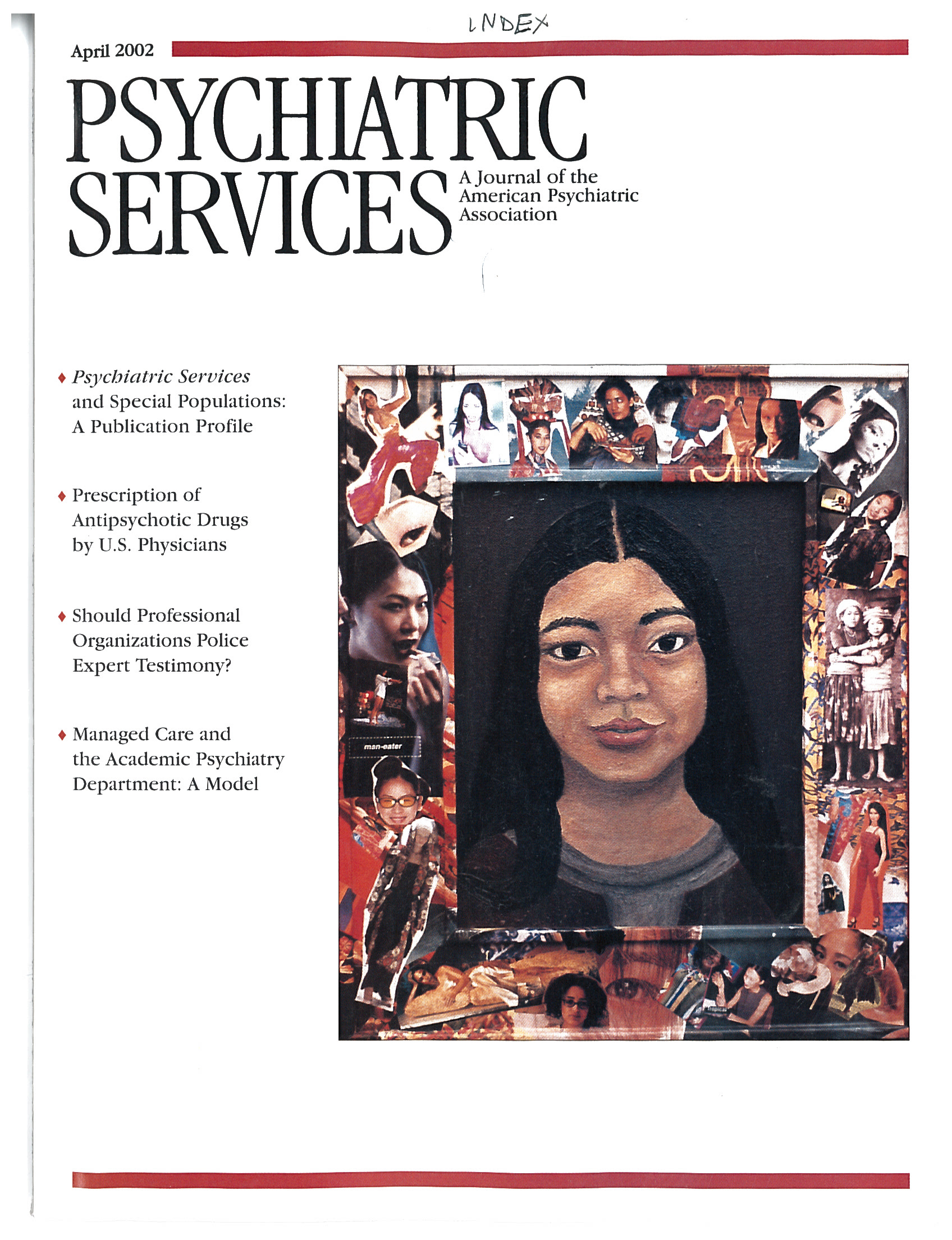Prescription of Antipsychotic Drugs by Office-Based Physicians in the United States, 1989-1997
Abstract
OBJECTIVE:This study examined trends in the prescription of antipsychotic drugs in a nationally representative sample of physicians in nonfederal office-based clinical practice during the 1990s. METHODS: The authors analyzed physician-reported data from annual National Ambulatory Medical Care Surveys between 1989 and 1997 using weighted national estimates of physician visits during which antipsychotic drugs were prescribed. Prescription rates for antipsychotic drugs were compared between periods and among demographic, organizational, and clinical subgroups. RESULTS:Prescription of antipsychotic drugs in office-based practice increased significantly between 1989 and 1997. In 1989 antipsychotics were prescribed during 3.2 million office visits (.46 percent of all visits), compared with 6.9 million visits in 1997 (.88 percent). The atypical antipsychotics risperidone and olanzapine were the most widely prescribed antipsychotics in 1997. Risperidone was prescribed during 22.8 percent of all visits that involved prescription of an antipsychotic, and olanzapine during 17.1 percent. Psychiatrists were more likely than other physicians to prescribe an atypical agent (37.1 percent of visits involving prescription of an antipsychotic compared with 14.2 percent). Psychiatrists were also more likely than other physicians to schedule a follow-up visit after prescribing an antipsychotic (96.6 percent of visits compared with 73 percent). No evidence was found of a broadening of diagnostic indications for use over time. CONCLUSIONS:The rate of prescription of antipsychotic drugs among office-based physicians increased sharply during the 1990s after a nine-year decline. The increase was accounted for by growth in the use of atypical antipsychotics; the overall prescription rate of conventional agents did not change. Psychiatrists were more likely to prescribe atypical agents and to monitor more closely patients who were taking antipsychotics.



